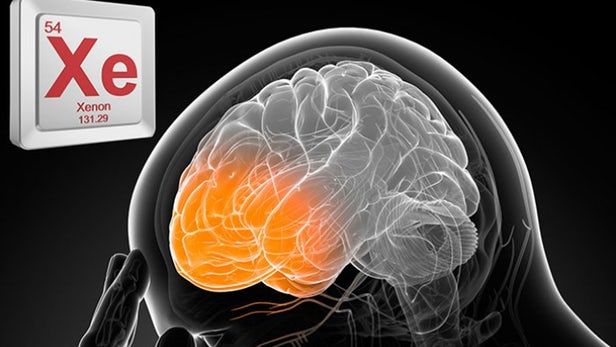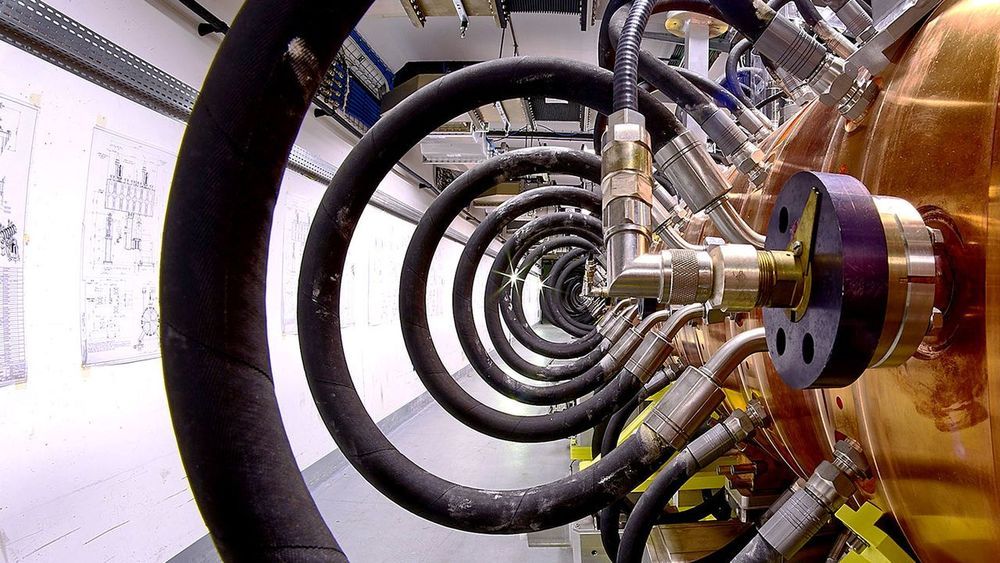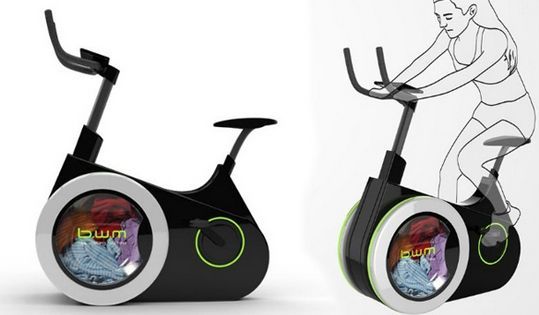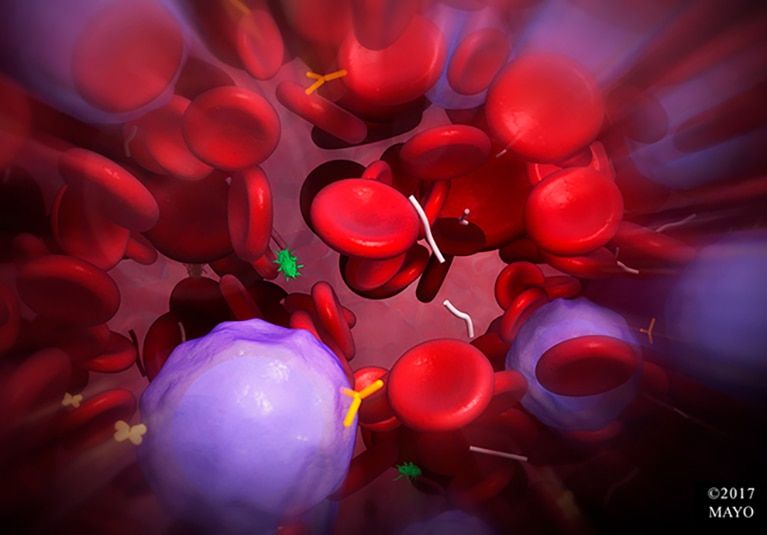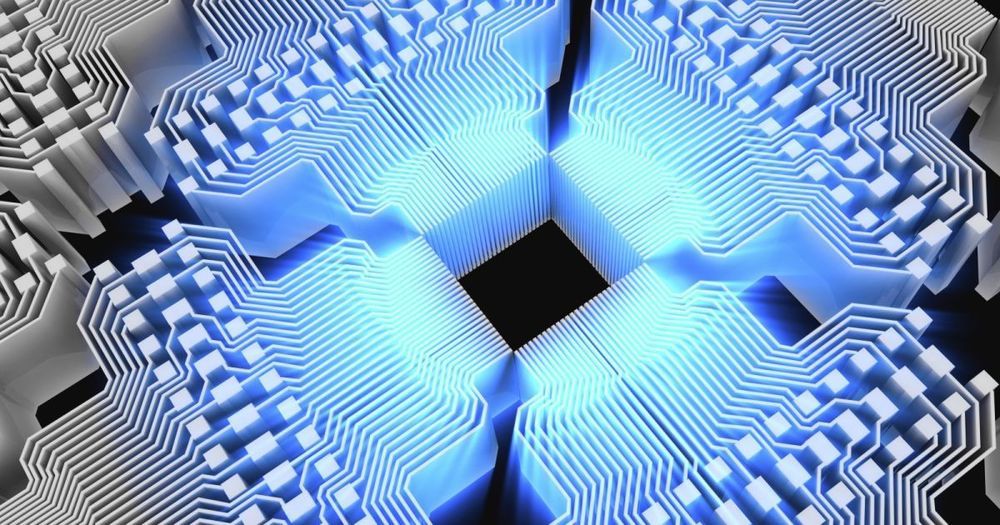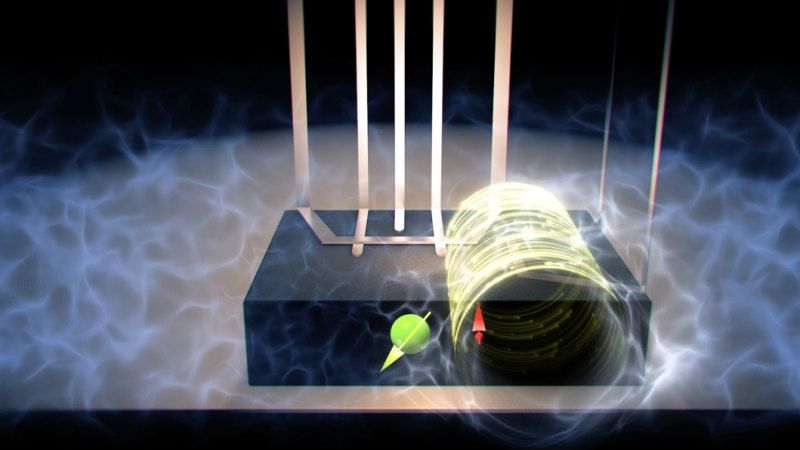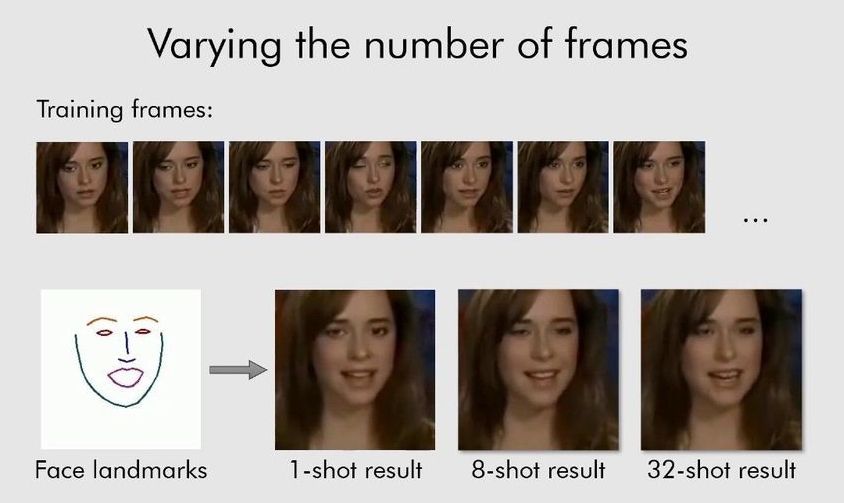The universe of problems that a computer can check has grown. The researchers’ secret ingredient? Quantum entanglement.
A new study has affirmed the anesthetic drug xenon can help prevent long-term damage associated with traumatic brain injury (TBI). The researchers, from Imperial College London and Johannes Gutenberg University Mainz, have effectively demonstrated in mice that if xenon is administered within a few hours of a TBI it can prevent brain tissue damage that would result in long-term cognitive problems.
Finding the time to exercise when you’ve got heaps of housework – and laundry – piling up can be difficult, but this piece of gym kit means you’ve got no excuse!
The Bike Washing Machine is a human-powered washing machine that encourages you to multitask and conserve water while boosting your fitness in a fun, efficient way.
A generator inside the bike also creates electricity which can be stored for future use.
Mayo Clinic researchers have demonstrated the safety and feasibility of stem cell therapy for lung transplant recipients with moderate obstructive chronic lung allograft dysfunction (CLAD). A larger clinical study is planned, which might eventually yield regenerative-medicine options for managing acute or chronic CLAD.
“The primary purpose is to improve lung function, or at least arrest the rate of decline in lung function, in transplant patients with progressive obstructive disease that is refractory to medical therapy,” says Cesar A. Keller, M.D., emeritus professor at Mayo Clinic in Jacksonville, Florida.
Although lung transplantation is a life-saving treatment option, chronic rejection is considerably more common than in other solid organ transplants, due to the lungs’ continuous exposure to environmental factors. Within five years of lung transplant, 45 percent of recipients develop obstructive CLAD, also known as bronchiolitis obliterans syndrome (BOS) — which has an associated mortality rate ranging from 25 percent to 56 percent. There is no standardized therapeutic protocol for BOS, and the existing therapies have had variable success.
Imagine the possibility of integrating mixed reality (XR) tech with that of this AImagine having a long, open conversation about philosophy with either Immanuel Kant or David Hume. Imagine being given a private lesson in economics by either Adam Smith, John Maynard Keynes, or Karl Marx. The possibilities are seemingly abundant. But then so are the risks.
A lot of coverage has been done on the emergence of what are known as “deepfakes” here on Serious Wonder the last few years. They’ve captivated us at times and then frightened us. The implications of this growing technology are practically limitless, especially as our ability to tell the difference between what is real and what is fake diminishes even further.
And just when you thought you could take a breather, Samsung decided to develop a new artificial intelligence system that makes generating deepfakes that much easier. Using nothing more than a single image, the AI system, known as “few-shot adversarial learning,” is able to create a fake clip that seemingly allows that image to burst to life.

